When the lunar lander reaches Moon's surface, a camera made by ERAU students will film it
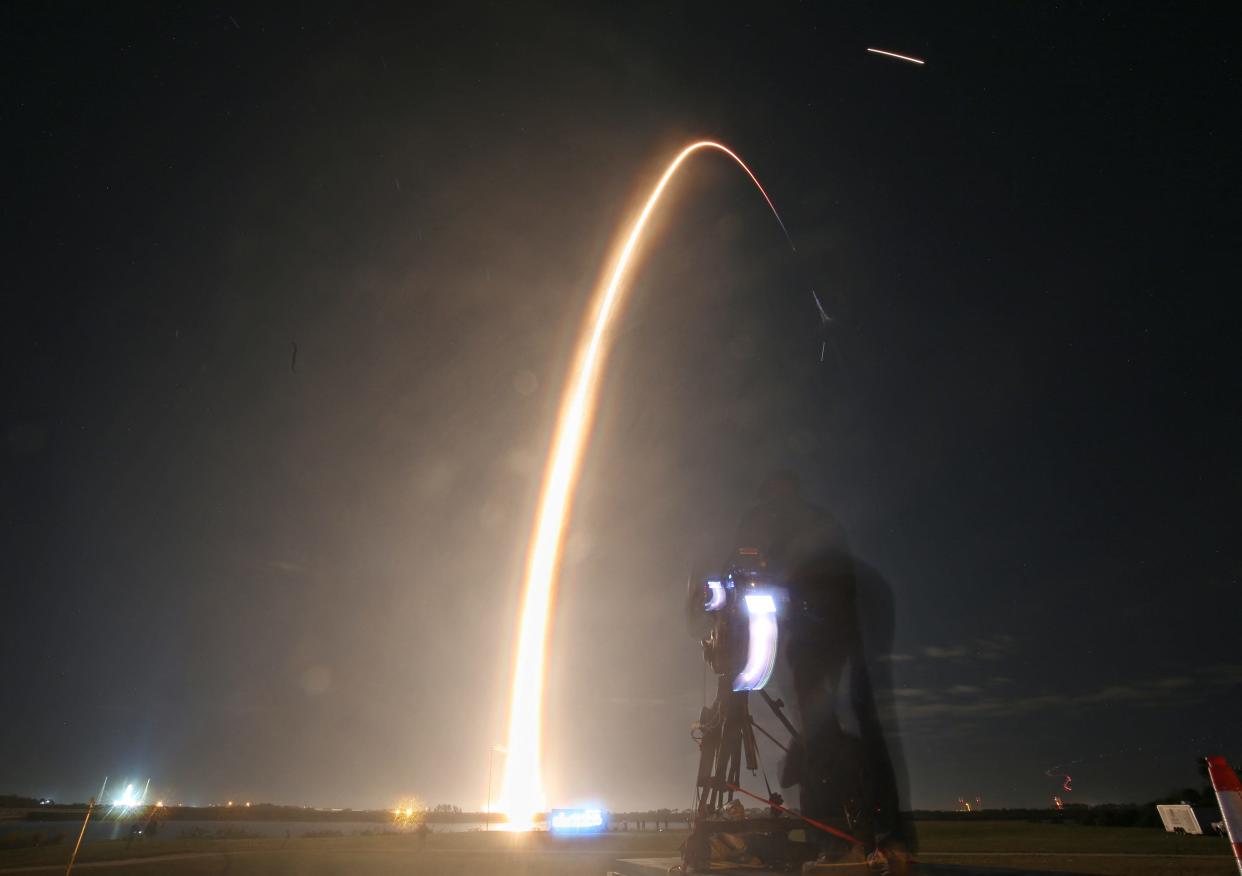
The Falcon 9 rocket that launched early Thursday from Kennedy Space Center is carrying a lunar lander headed for the Moon.
And aboard the lander is a camera conceived, designed, built and tested by 26 Embry-Riddle Aeronautical University students in Daytona Beach.
If successful, the Intuitive Machines Odyssey, will become the first U.S. soft landing on the Moon in more than 51 years.
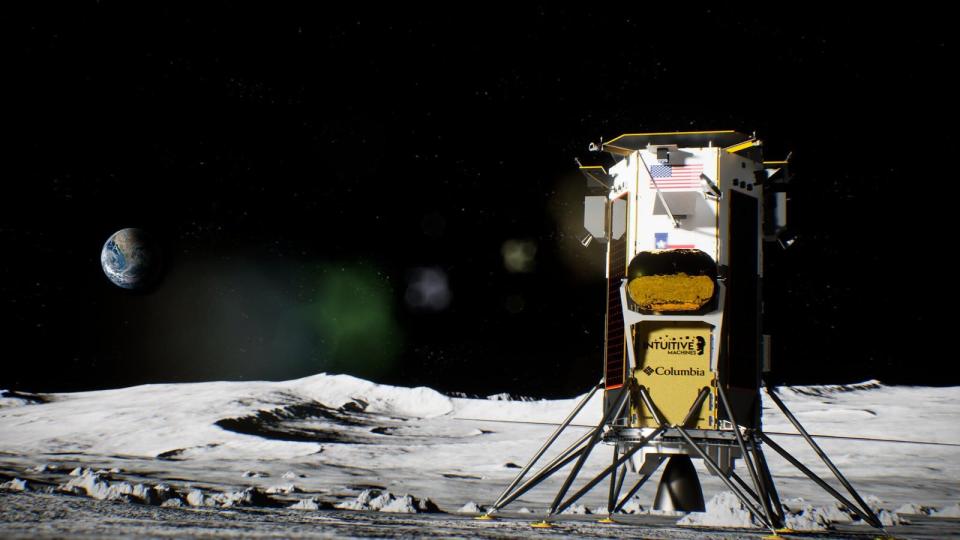
And that camera − actually a CubeSat, or a 10 cm cube satellite containing a camera − will be ejected from the lander about 30 meters above the Moon, expected in a little more than a week. It will take 5 seconds to drop onto the Moon's south pole, and is intended to capture the final 20 seconds of Odyssey's descent.
Those images would be the first third-person view of a spacecraft landing on a celestial body ever known to humans.
Embry-Riddle alum assigned them the task
The camera project was given in 2019 by Intuitive Machines' CEO Steve Altemus, a 1987 ERAU alum, to Troy Henderson, director of the university's space technologies lab and an associate professor of aerospace engineering.
Two of the student leads, Daniel Posada and Taylor Yow, described a mix of excitement, "a sense of calm," and confidence that almost five years of labor will boil down to their product, dubbed "EagleCam," will handle crashing into a harsh Moon surface and then capturing Odyssey's soft landing.
"Once you get to the Moon itself, you are going to experience an environment that’s in a vacuum, that is cold," Posada said.
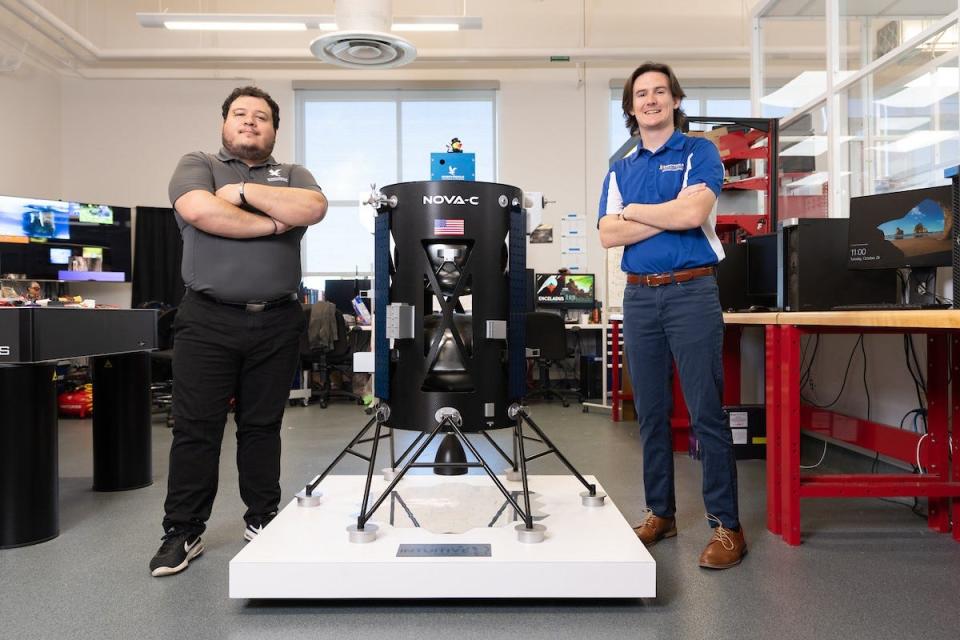
The Moon’s surface is comprised of regolith, comprised of rock chips, mineral fragments formed through meteoroid impacts, and “the steady bombardment of charged particles from the sun and stars,” according to NASA research.
“The regolith is just like charred metals, so every single aspect on the moon wants to destroy whatever you’re trying to land on, even if it’s a soft landing," Posada said. "... It’s going to act like a sandblaster shooting toward your lens.”
Also, Odyssey and the EagleCam will be on the South Pole-Aitkin basin, a crater some scientists believe may have been made by a giant, metallic asteroid.
Because of that location, the EagleCam's solar-powered battery is only expected to last 30 minutes.
"After that, we’re going to shut down and we’ll just lay there in tranquility," Posada said, adding that perhaps someday an astronaut will be able to pick it up and return it to Earth.
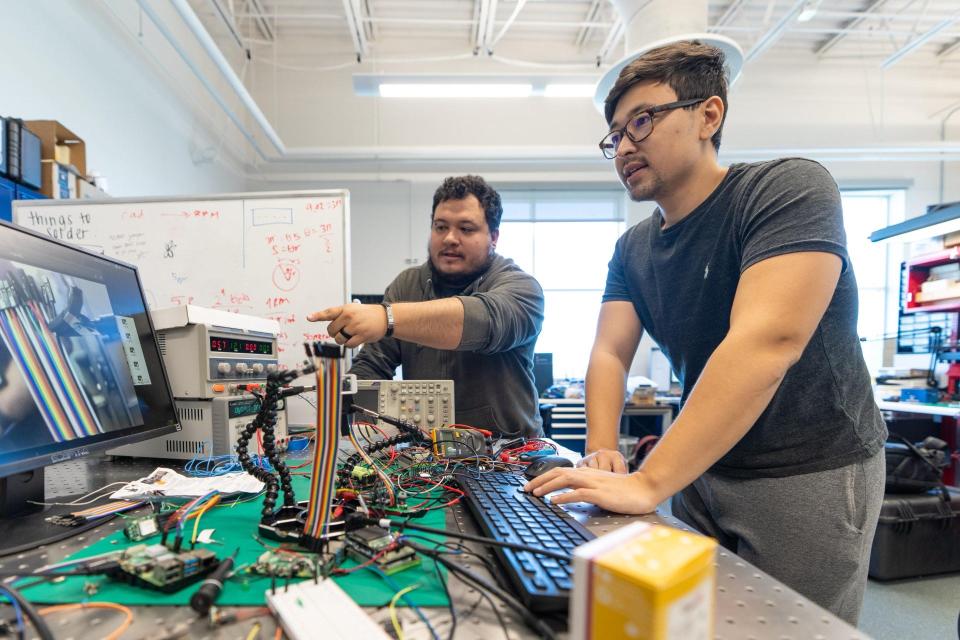
A drop test to ensure success
To prepare for that crash landing, a student-designed a drop test, Yow said.
"We modified a steel box essentially, filled it with lunar regolith and then calculated what the impact force would be on the lunar surface and how high we would need to be on Earth to simulate that exact impact force," Yow said. "And then we took a scissor lift up and dropped a prototype of EagleCam over and over again to make sure we would survive the impact."
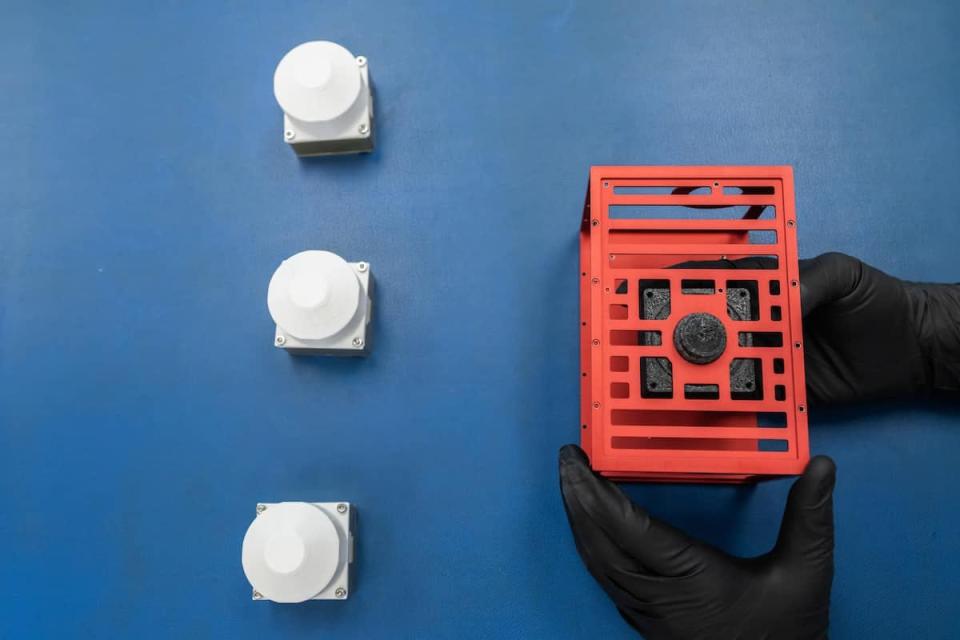
The CubeSat is comprised of a hardened external structure, then a layer of rubber, which covers the internal structure comprised of the camera and data-collecting equipment.
Using wifi, the camera will transmit images and data that will also allow for the development of a three-dimensional terrain map of that part of the moon, Henderson said.
'How can we inspire a new generation?'
Building a camera to crash-land on the Moon and send images via wifi back to Earth isn't the stuff made of dreams, such as children who aspire to be astronauts. But the ERAU students say it works for them.
“One thing I always knew was that I had a passion for space," Posada said. "And I always thought that the way for myself to leave my footprint and what I wanted to do with society was through aerospace.”
By focusing on his academic work, the opportunity arose, and now he can say he built something that made history and something that he intends to share with as many people as possible.
“It became not only an inspiration for us to be better ... but also how can we inspire a new generation in what we’re doing and show them what EagleCam is going to do," he said. "How can this inspire future astronauts? ... Who knows, maybe you’ll be the astronaut who brings EagleCam back.”
As a youth, Yow "rebelled" against the notion of following her father's footsteps into engineering. She intended to be a photojournalist. But she also harbored a passion for space and astrophotography, and an aptitude for math that would serve her well in an engineering career. Her high school AP calculus teacher encouraged her to consider wedding the two, and she ended up at Embry-Riddle.
She was an undergraduate student in Henderson’s Orbital Mechanics class when she learned about the EagleCam project.
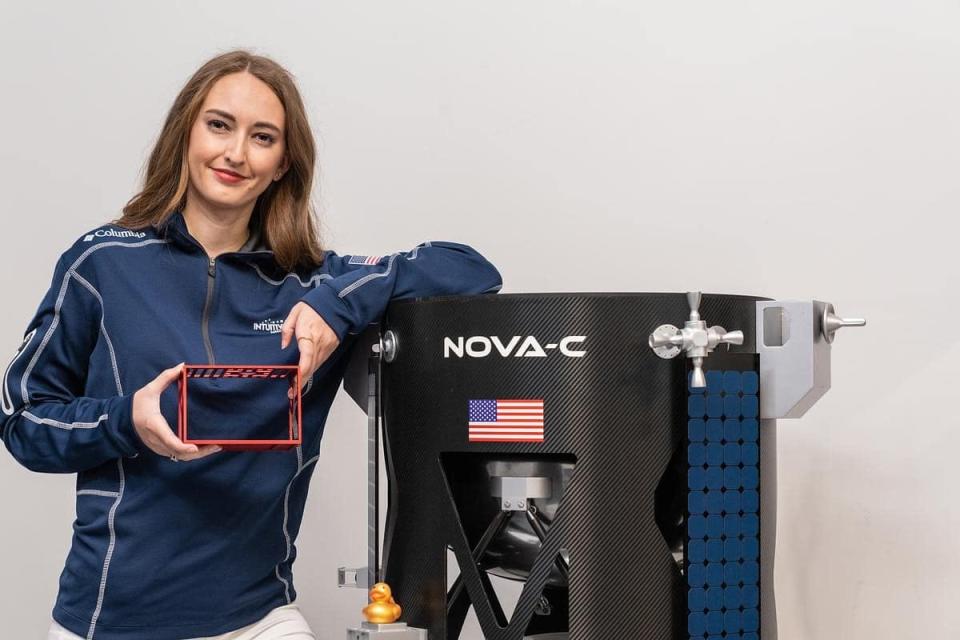
"I begged him for three months to let me join the project and finally, he told me to calm down and wait for his grad students to contact me," she said.
They did, and she's now a graduate student considering a career as a mission control specialist.
“It wasn’t what I dreamed as a child," Yow said. "I think it’s better.”
Outside research at ERAU is 'who we are'
Henderson and the students say they hope the EagleCam project leads to more outside opportunities for student research.
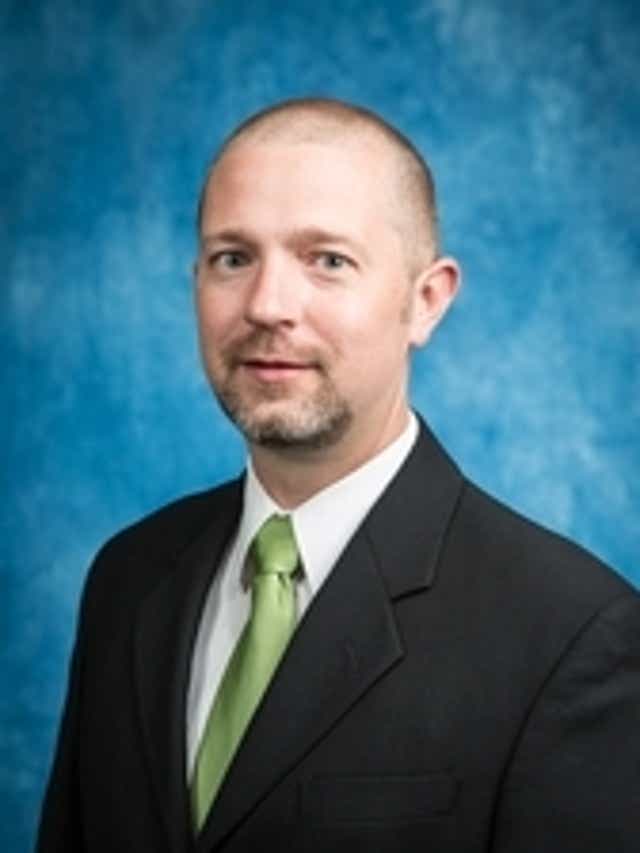
It's "who we are," Henderson said, adding: "Part of my hope as a faculty member and principal investigator ... is to get students to look outside of the classroom, get involved in different ways, find a passion and run at it.”
He, Posada, Yow and two other students who remain from the 26 − the others have graduated and moved on − will closely monitor the landing from their lab, which has been turned into a war room.
“No matter what happens, I’m extremely proud of this team,” Henderson said. “Being able to see students mentored, trained, learn new skills outside of the classroom, take everything they have learned the classroom and apply it to real hardware has been a really cool thing.”
The kind of thing that begs repeating. It caught the attention of Jared Isaacman, another Embry-Riddle alumnus and citizen astronaut who is heading the Polaris Dawn project that might launch later this year. He has had students working on a new camera system for that human-boarded flight.
This article originally appeared on The Daytona Beach News-Journal: Embry-Riddle students built history-making camera bound for the Moon

